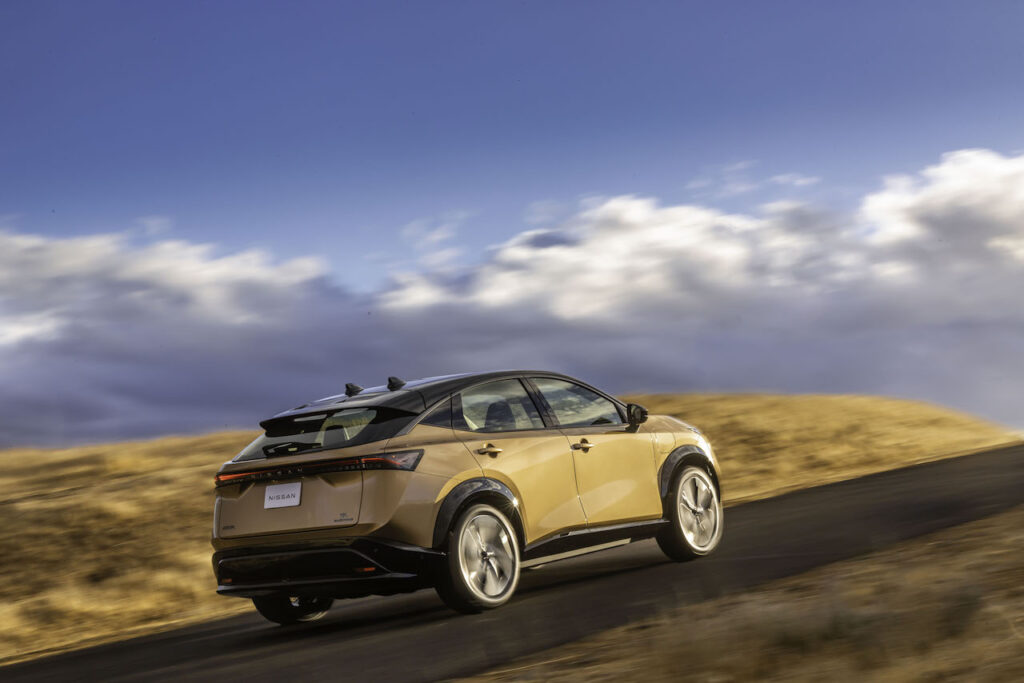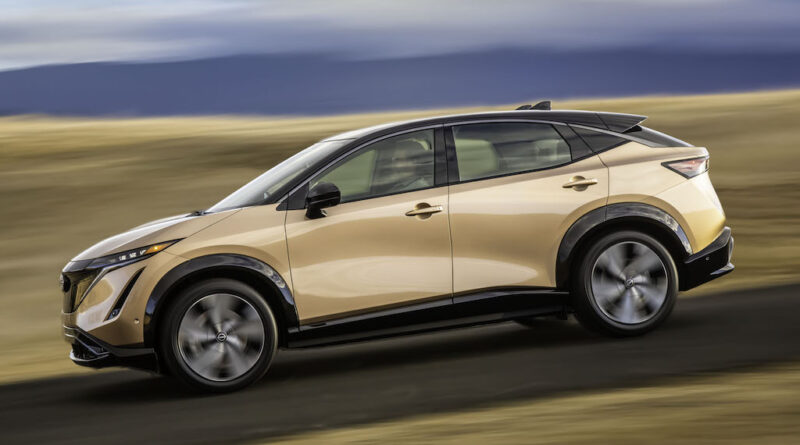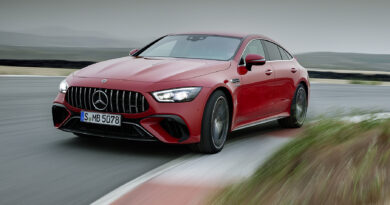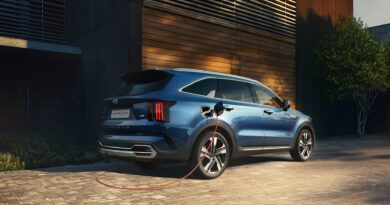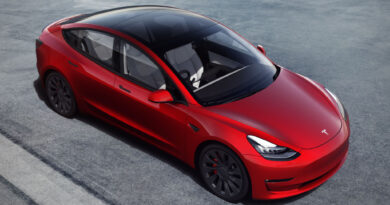Nissan’s global EV ramp up leaving Australia behind, Ariya now 2023
Nissan’s massive global battery electric vehicle expansion will eventually spill on to Australia roads, but for the moment local management admits we’re struggling to get a cut of the EV pie.
Nissan last week confirmed it would roll out 23 new electrified vehicles – 15 of them BEVs – by 2030, introduce solid state batteries from 2028 and invest almost $25 billion in the program.
In Australia, Nissan has only committed to electrifying 30 percent of its local line-up by the end of 2022, meaning range-extender E-Power versions of the new Qashqai and X-Trail SUVs joining the existing Leaf BEVs.
Nissan’s first example of its new-generation BEV models, the Ariya mid-size SUV, won’t be seen in Australia until at least 2023.
“Globally, collectively, Nissan will strive towards delivering a far larger EV line-up than we have today,” Nissan Oceania managing director Adam Paterson said. “You have seen Ariya has launched.
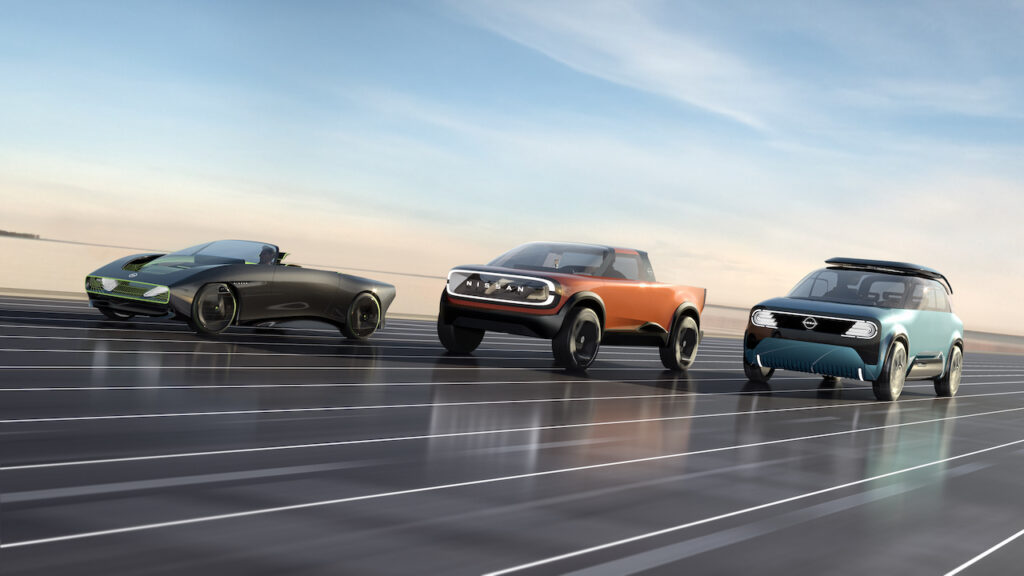
“At some point the [Australian] market is going to turn and want all these products that are going to be available in other markets.
“Australians are going to demand them and it’s just [a matter of] how fast that will be able to happen.”
First unveiled in mid-2020, the Ariya is now on-sale in Nissan’s home Japanese market and will be rolling into key EV markets in 2022.
While Nissan stalls on the Ariya in Australia, rival mid-size battery electric SUVs are regularly rolling out here including the Hyundai Ioniq 5, the Kia EV6 and the Polestar 2. The Tesla Model Y is expected here sometime in 2022.
As a market without significant EV sales or an aggressive national policy to support their adoption, Paterson says Australia will simply have to wait for its turn.

“It’s very different – I would assume – when Norway, which is a 70 percent EV market, goes and talks to Japan versus Australia, which is 0.76 percent,” said Paterson.
“Until we get some type of national framework that really gives people confidence and makes vehicles perhaps a little more accessible, the [EV] uptake is probably not going to be what we hope,” he said.
“The Australian EV market hasn’t taken off yet, we are … 0.76 percent over the last 12 months. The market has to show demand for the product before the manufacturers start investing. It’s kind of like the chicken and the egg.
“There’s far more questions about volume forecasts and such things when the market is not demonstrating that it’s demanding and delivering volume there yet.”
Boosting Australia’s chances of getting on to Nissan’s EV agenda is it is a right-hand drive country like Japan. Often cars that are built originally in left-hand drive don’t make the transition to RHD because the business case doesn’t stack up.
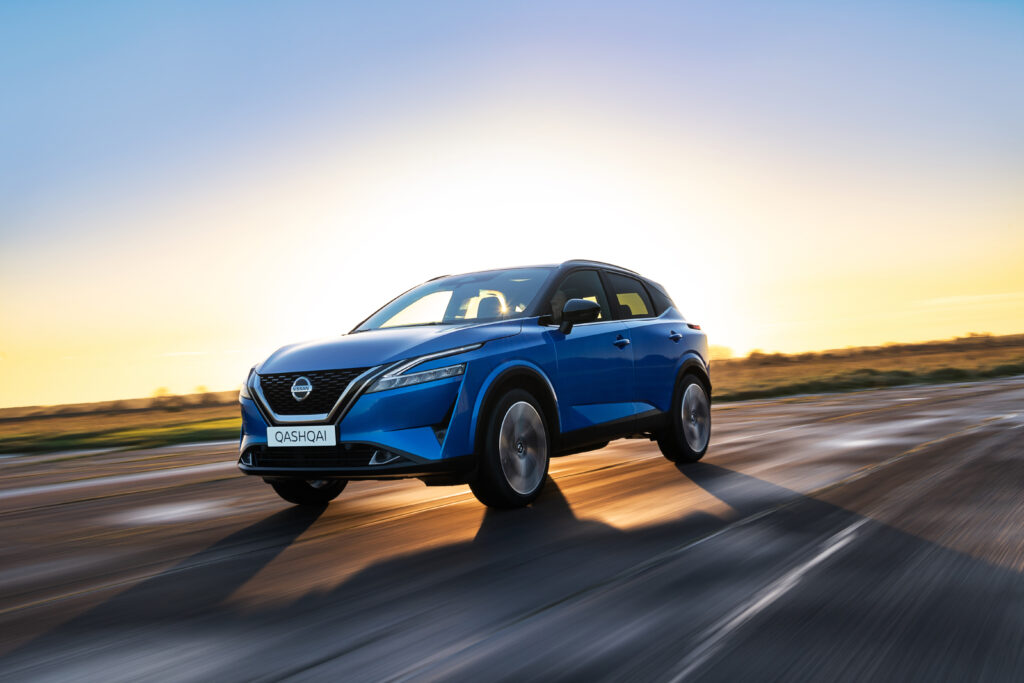
So far though, Paterson admits the Ariya is only a work in progress.
“Unconfirmed arrival date, working on when we can confirm that car for Australia,” he said.
“I think it’s fair to confirm at this point that we have got four great vehicles to launch in 2022 in and we will not be adding to that,” he continued, referring to Qashqai, X-Trail, the Pathfinder large SUV and the Z sports car.
The Ariya launched in Japan priced at about $78,000 with a 63kWh battery pack, a single 160kW/300Nm e-motor driving the front wheels and a 360km range. This spec reduced the number of chips required for the powertrain while allowing the complex features such as semi-autonomous ProPilot 2 and remote parking.
The Ariya model line-up will also eventually includes a larger 87kWh battery, a 178kW/300Nm e-motor and dual-motor all-wheel drive with up to 290kW and 600Nm. Maximum WLTP range for Ariya will be 500km in the extended range FWD model.
